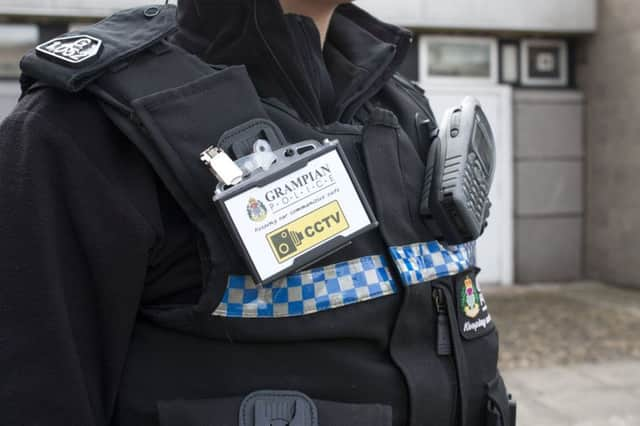Leader comment: Cameras a vital tool for police


In considering a roll-out of the technology following a trial in the north east, Police Scotland is following the lead of several other British forces, including the Met in London.
British Transport Police (BTP) has also demonstrated its usefulness, not least in Scotland.
Advertisement
Hide AdAdvertisement
Hide AdDeployment of body-worn cameras by BTP over the last nine years has included on both the rail network and Glasgow Subway, especially during major sporting fixtures.
Such use has shown cameras can protect officers and improve prosecution evidence.
Support for the devices has been voiced by the Association of Scottish Police Superintendents, which said they could bring vast savings to the justice system by increasing the number of early guilty pleas.
That in itself could significantly free up police time by relieving officers of the need to spend hours in court waiting to provide oral evidence they are never called on to give because the accused has changed their plea at the last minute.
Ministers have also highlighted the merits of cameras, in gathering additional evidence.
The Scottish Government’s digital justice strategy three years ago said they would also enable officers to make better operational decisions, increase their own safety, and prevent and detect crime.
All this has been echoed by Police Scotland Chief Constable Phil Gormley, who added that there would be fewer complaints against officers, and an increase in public confidence in officers.
Police routinely receive abuse from the public, but if those people are on camera, they may well think twice.
Advertisement
Hide AdAdvertisement
Hide AdThe main problem with greater use of cameras is the cost involved when the force’s budget is so stretched, as has been raised by the Scottish Police Federation, which represents rank-and-file officers.
There are also technical challenges over getting the equipment up and running, reliable, and the footage properly stored and accessible.
But ultimately, if the pilot in Aberdeen has been a success, then it makes sense to spread it across the rest of the country.
If the technology is available to help improve law and order, it should be made available to our officers to help them fulfil one of the most difficult - and dangerous - jobs in public service.